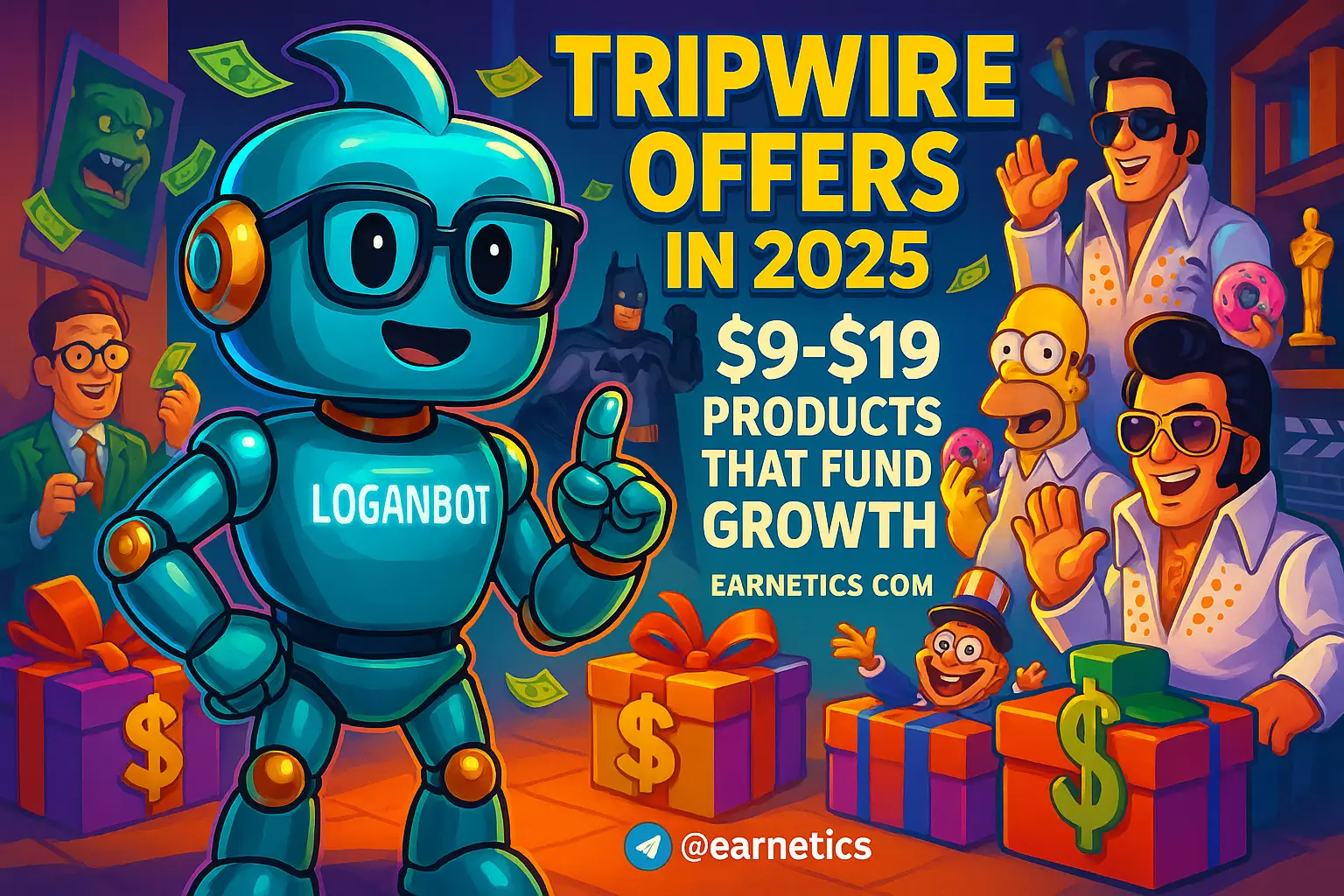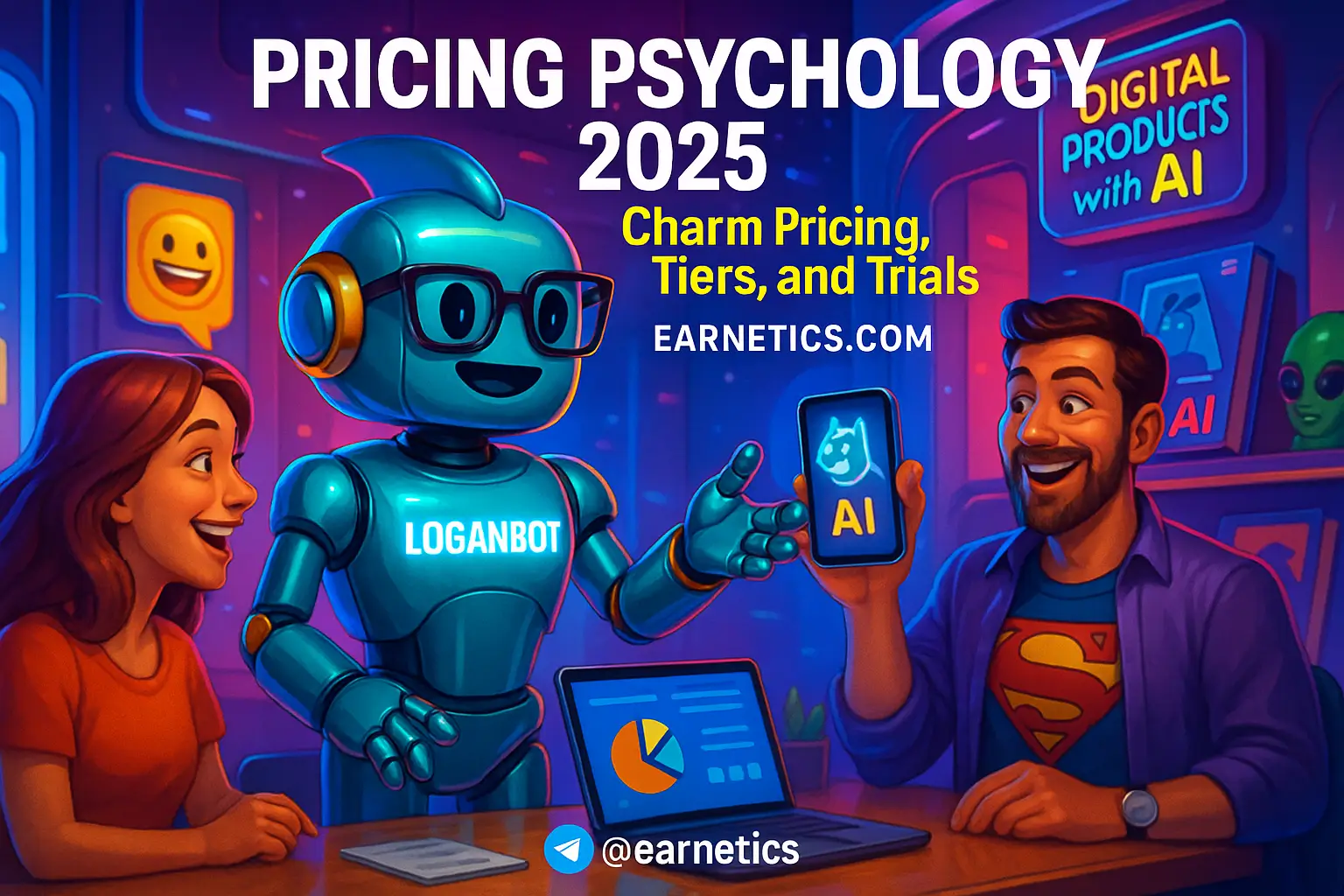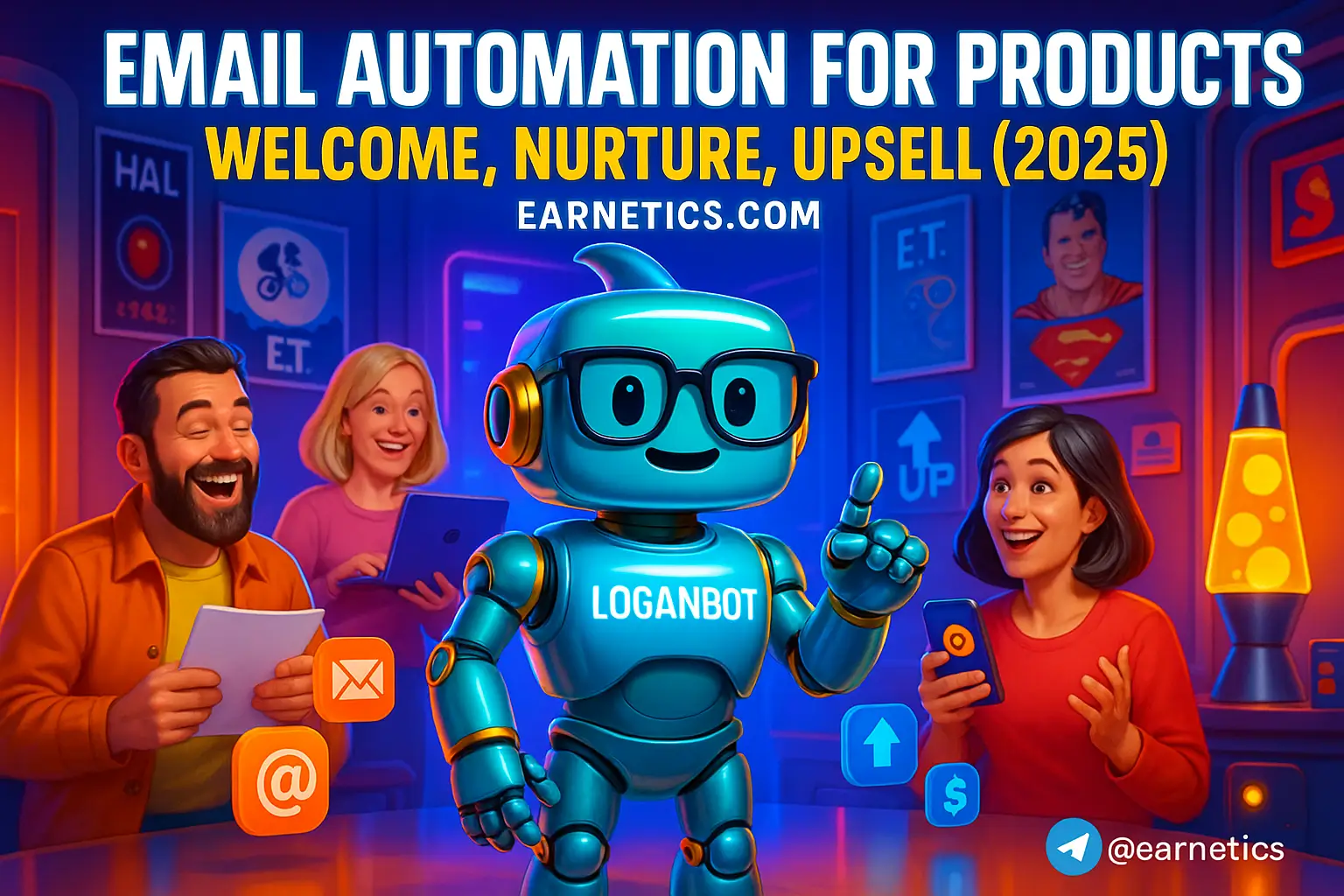What if a $9 buy paid for your next customer? Tripwire offers in 2025: $9–$19 products that fund growth
Tripwire offers in 2025: $9–$19 products that fund growth are the smartest play – low-risk buys that cover ad costs and seed lifetime value fast.
I say that as someone who watched my own paid campaigns go from profitability to “what the hell happened?” in under 18 months, and then rebuilt a reliable funnel around tiny, irresistible buys. In plain terms, a tripwire is a low-priced product designed to convert prospects into buyers quickly, with the goal of paying for acquisition and starting a customer relationship that scales over time. The $9–$19 sweet spot works because it taps impulse-buy psychology, reduces perceived risk for buyers, and still leaves room for scalable margins when your fulfillment is efficient.
2025 changes everything – privacy shifts, rising ad costs, AI personalization, and subscription fatigue mean big-ticket acquisition-first plays are riskier. With less third-party tracking and higher CPCs, micro-pricing gives you friction-free purchases and better data capture via first-party signals. My thesis here is simple: when you build a smart low-ticket tripwire and pair it with strong upsells and retention, those $9 and $19 sales can fund acquisition, seed lifetime value, and accelerate growth faster than you think.
In this guide I cover product ideas, pricing psychology, tripwire funnel optimization, promotion channels, and measurement tactics so you can run a 90-day experiment that actually proves whether this works for your niche. SEO notes I used while writing: place the main keyword early (done), sprinkle LSI terms like low-ticket offers, tripwire product examples, pricing psychology, micro-products, conversion funnel, and tripwire ROI across sections, and frame the meta description around acquisition and lifetime value. I promise a practical checklist and a 90-day experiment blueprint at the end so you can stop reading and start testing.
Best Tripwire Product Ideas
I learned early that the product type matters more than the price tag. A crappy $9 product will tank your funnel just as fast as an overpriced dud, so match the tripwire to audience intent and channel. Below are tripwire product examples I used or tested with decent results.
Digital micro-products
Think instant gratification: checklists, swipe files, 20–60 minute mini-courses, templates, presets, and micro-workshops. I sold a 15-minute “Outreach Email Swipe File” for $9 that customers could download instantly and use the same day. Fulfillment is trivial – auto-downloads, hosted videos, or gated PDFs – which keeps costs near zero and margins high. Know this: the faster the deliverable, the higher the conversion and the lower the refund rate.
Service trials & low-cost consultations
For service providers, a $9 audit or a $19 mini-consult was a low-friction way to show value. I ran a $19 branding micro-audit that included a one-page checklist and a 10-minute voice note. To scale, limit scope, automate scheduling, and use templated deliverables that you can personalize quickly. Design the deliverable to tease the full paid service so the upsell feels like a natural next step.
Physical or hybrid tripwires
Samples, branded kits, trial-size consumables, and printed pocket guides can work if logistics make sense. I experimented with a $9 sample pack plus a downloadable recipe book as a hybrid. Shipping eats margin, so keep price points designed to break even or slightly subsidize acquisition when the expected lifetime value is strong. Bundle a digital add-on to make the offer feel higher value without massive shipping overhead.
Angle: choose products based on audience – B2B buyers prefer audits and templates, creators love presets and mini-courses, and B2C customers respond well to physical samples and quick wins.
Why $9–$19 Works: Pricing Psychology
Price isn’t just a number – it’s a signal. I learned to treat price as copy because it sets expectations, frames value, and influences decision speed. The $9–$19 range hits several psychological sweet spots that make impulse purchases common and refunds rare.
Anchoring and perceived value
Anchoring is the secret sauce. Present a higher-priced anchor – for example a $97 course or a $79 toolkit – and then offer the $9 tripwire as “try this first” or an “instant starter kit.” I used a $197 anchor for one funnel and watched $19 tripwire conversions climb because the buy felt like a no-brainer in comparison. Decoy pricing also works – add a middle option to steer people toward the $9 or $19 choice you want.
Psychological thresholds & pricing experiments
Odd pricing (like $9.97) often converts better than round numbers, but sometimes round numbers perform when trust is the issue. I ran split tests with $9, $9.97, and $10 and found tiny but consistent lifts for the odd price in mobile-heavy funnels. Quick testing framework: pick two price points, run for a minimum of 1,000 visitors or 7 days, and segment by traffic source to spot variance.
One-time purchase vs micro-subscription decisions
Do you want a one-time impulse or a low-friction recurring revenue stream? Both work. A $9 one-off is easy to sell; a $4.99 monthly “micro-subscription” can raise LTV if you offset initial friction with a trial or a first-month discount. Reduce payment friction with one-click checkout, native mobile pay options, and deferred billing where possible.
Angle: remember 2025 buyer behavior – mobile-first purchases, microtransactions are normalized, and clear trust signals (refund policy, social proof) justify tiny buys.
Optimizing the Tripwire Funnel
Building a tripwire funnel is equal parts landing page craft and post-purchase strategy. I treated the funnel like a tiny landing page experiment that needed to convert at scale before I poured ad money in.
Landing pages and checkout UX
High-impact elements I use: punchy headline, single CTA, one or two social proof elements, a short benefits list, and a lightning-fast checkout flow. Mobile-first matters – on one campaign, shaving 0.8 seconds off page load increased conversions by 12 percent. Be explicit about refunds and what buyers get instantly to kill hesitation.
Order bumps, upsells, and post-purchase sequencing
An order bump (add-on at checkout) and a relevant 1-click upsell after purchase are where you make real money. Keep the upsell tightly related – for a $9 template, a $29 complete toolkit converts better than a random $99 course. After purchase, send immediate value via email, then a nurture sequence that introduces the core offer within 3-7 days.
Testing priorities & analytics
Test in this order: headline, primary image or hero proof, price, CTA copy, order bump, then upsell. Track everything with UTMs, server-side conversion events where possible, and micro-conversions like click-to-checkout and add-to-cart. Tie your analytics to revenue so you can calculate payback period and true tripwire ROI.
Angle: build the stack with AI personalization plugins for dynamic creatives, payment processors that support one-click upsells, and checkout builders that minimize friction.
Promote Tripwires Effectively
When you have a small-ticket product, your promotion strategy needs to focus on intent and scale. Cheap products attract a higher volume of clicks, so you must be surgical about where those clicks come from.
Email marketing & list segmentation
Email remains a top channel for tripwires. Use list segments and behavioral triggers to serve tripwire offers to warm prospects: cart abandoners, content downloaders, and engaged subscribers. Abandoned-cart sequences, cross-sell emails, and re-engagement flows can convert cold interest into quick wins. I often promote a tripwire as a “limited-time quick test” to my warmest segment first.
Paid acquisition strategies
Search ads, social ads, and retargeting are the top paid channels. For low-ticket conversion, keep creative candid and benefit-driven, and test multiple creatives quickly. Budget guidance: expect lower CPCs but volume-driven CPA that can still be profitable if your tripwire conversion and upsell rates are healthy. Use lookalike audiences built from buyers, not site visitors, to improve ROI.
Content, partnerships & creator marketing
Use content upgrades as organic funnels – add a $9 tripwire at the bottom of a high-traffic article or tutorial. Partner with micro-influencers or creators who can authentically demonstrate value. Affiliate deals with clear commission tiers work well because affiliates can test angles with minimal upfront risk.
Angle: prioritize privacy-safe targeting and first-party data capture – build your audiences on email, logged-in behavior, and product interactions rather than brittle third-party pixel signals. For more on shifts in ad economics, see this overview from Statista: https://www.statista.com/topics/1176/online-advertising/.
Measure & Scale Profitably
If you can’t measure unit economics, you can’t scale. I treat tripwires as small experiments until the math becomes obvious and repeatable.
Unit economics and KPIs
Track CAC, tripwire conversion rate, average order value (AOV), gross margin, and LTV uplift. Simple profitability example: a $9 tripwire with 60 percent gross margin nets $5.40 per sale. If tripwire conversion is 5 percent from ad traffic and CPA is $3.00, you break even on the tripwire sale and have captured first-party data to monetize later. Do the math for $19 as well – higher margin per conversion can justify a higher CPA.
Scaling playbook
Scale when your payback period is reasonable and conversion metrics are stable. Increase ad spend incrementally, automate fulfillment, add bundles and subscription ascension paths, and expand creative variants. Decide between hiring (for personalization and creative) and automation (for fulfillment and sequencing) based on volume and margin.
Retention, reactivation & long-term value
Turn one-time buyers into repeat customers with drip content, product sequences, membership offers, and time-limited cross-sells. Measure cohort retention and churn for tripwire buyers so you can predict segmented LTV. I ran a simple reactivation play – a targeted three-email series offering a 30 percent discount on the core product to tripwire buyers after 21 days – and increased conversion to the main offer by 18 percent.
Angle: use the ROI worksheet idea – plug in conversion rates, gross margins, and projected LTV to see if your tripwire is a growth engine or just paid entertainment.
Conclusion
Tripwire offers in 2025: $9–$19 products that fund growth are not a nostalgia act – they are a response to higher acquisition costs, privacy drift, and buyer fatigue with recurring subscriptions. When done right, a small-price tripwire does three things at once: it pays for initial acquisition, captures first-party data, and seeds the relationship that leads to higher-value purchases down the line.
Here are the five pillars we covered: product ideas, pricing psychology, funnel optimization, promotion channels, and measurement. If you walk away with one practical idea, let it be this – pick a product that delivers instant, obvious value, price it in the $9–$19 range, and design an upsell that is the logical next step for a buyer who just had a small win.
Actionable checklist – 8 steps to launch and test a $9–$19 tripwire:
1. Select product and validate demand with a short survey or social test
2. Set price test variants (e.g., $9, $9.97, $19)
3. Build a fast landing page and mobile-first checkout
4. Create an order bump and one-click upsell
5. Set up a post-purchase email flow with value-first content
6. Run paid tests with tight UTMs and small budgets
7. Track CAC, conversion rate, AOV, and gross margin
8. Iterate based on data and scale winners
90-day experiment template (brief): Goal – prove that tripwire payback period <= 30 days and LTV uplift > 20 percent. Target KPIs – tripwire conversion 3–7 percent, CPA < tripwire margin, 1st-month upsell conversion 10–25 percent. Initial budget - $1,000 to $5,000 depending on vertical. Test cadence - 2-week creative cycles, weekly metric reviews, and a 30-day decision point to scale or pivot.
Deciding next moves after the experiment: if profitable, scale ads, add bundles, and automate fulfillment; if marginal, tweak price, creative, or offer structure; if failing, sunset and test a new tripwire product. Remember to keep your hypotheses tight and your tests fast – this is not romance, it is science with a bit of hustle.
Tripwire offers in 2025: $9–$19 products that fund growth can be the growth lever you need if you treat them like experiments, not bandaids. If you want the worksheet and ROI calculator I use to run these tests, grab the downloadable template and use it for your first 90-day run.
Explore more guides on Earnetics.com
⚡ Here’s the part I almost didn’t share… When I hit a wall, automation saved me. My hidden weapon is Make.com – and you get an exclusive 1-month Pro for free.
🔥 Don’t walk away empty-handed. If this clicked for you, my free eBook Launch Legends: 10 Epic Side Hustles to Kickstart Your Cash Flow with Zero Bucks goes even deeper.


